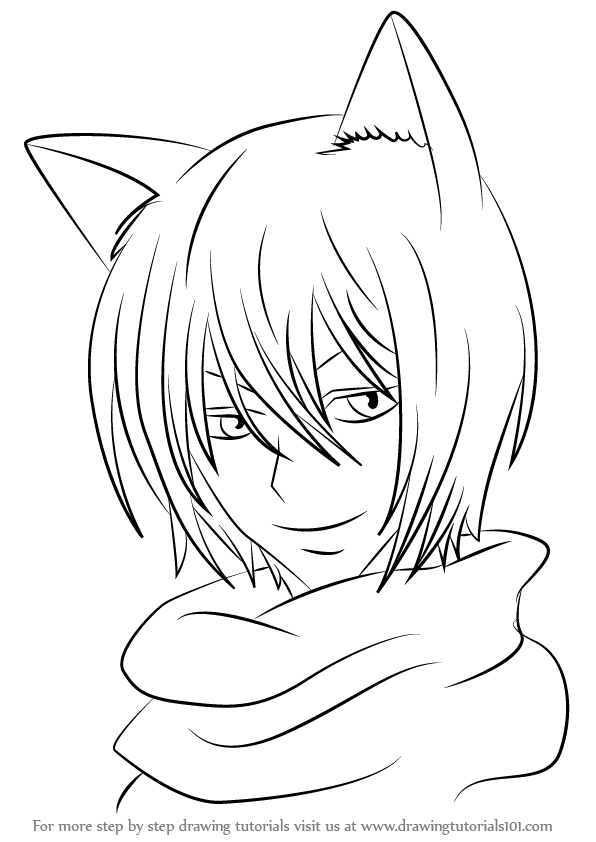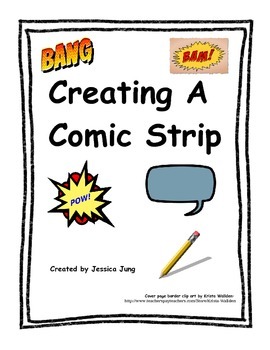
listen convey – To show or give an idea or information.Don’t drop the box,” she said because it contained lots of glasses.' A comic panel contains a scene or moment in your story. listen contain – To hold or keep something within something else.Motion lines – You can use visual elements like motion lines to show movement.They sound like what they are describing. Sound effects – Sound effects can be added using listen onomatopoeia.Thought bubbles – You can show what you character is thinking inside thought bubbles.For example, a jagged speech bubble might show the character is angry. Different types of outlines around the speech bubbles can show different emotions. Speech bubbles – Put the words you want the character to say inside speech bubbles.Think of it as your narrator’s voice that gives background information. Captions – Use captions to tell the reader when and where events in your story are happening.

Readers will follow the flow to put the pieces of the story together. The shape and size of the panels and where you place them on the page is important as it creates the flow of a page. Panels – Comic strip panels are usually read from left to right, but not always.Nearly a half century after Kelly’s passing, modern audiences can read the complete syndicated Pogo, released in cloth-bound editions. College students were some of the strip’s biggest fans, and indeed the 1952 “I Go Pogo” rally at Harvard turned into a melee that had to be broken up by the police. Bridgeport, including pointing finger dingbats.ĭefinitively a product of its age, Pogo was popular enough to “run” for President.

Some of his characters even had distinctive lettering in their speech balloons: black letter gothic for Deacon Mushrat, poster style for the bombastic circus barker P.T. It’s hard to imagine pre-teen kids understanding the densely lettered, complicated dialogue. He was famous for his verbal play, concocting a Southern-accented Joycean word salad of malapropisms and puns. The thick, sumptuous line of his inky drawing style also had great appeal. Kelly’s humor usually concerned human foibles in animal masquerade. Jarvis notes that “controversial political satire on the comics page was not, by itself, objectionable as long as it fit into the anticommunist consensus of the Cold War.”Īctually, most of the Pogo strips were not overtly political. In this case, it was foreign papers who protested. The strip’s popularity put editors and publishers opposed to Kelly’s content in a pickle.Īs historian Eric Jarvis explains, newspapers had three ways of suppressing Pogo’s political slant: altering or deleting strips dropping the strip entirely or moving offending strips to the editorial page for the duration of the controversy.Īs a Cold War liberal, Kelly also satirized communists by portraying two beatnik cowbirds as fellow-travellers constantly revising the party line “from the Boss.” There was also an appearance by Khrushchev himself as a pig in pirate gear. Pogo was syndicated from 1949-1975, reaching its peak readership of about 37 million readers in the mid-1950s, when it was carried by 450 newspapers. The strip is probably best remembered today for Pogo’s environmentalist’s lament, “We have met the enemy and he is us.” Taking place in a mythic Okefenokee Swamp, Pogo satirized the human condition as well as McCarthyism, communism, segregation, and, eventually, the Vietnam War. Edgar Hoover, and the John Birch Society, all in animal form, stirred up the censors. Long before Garry Trudeau’s Doonesbury blurred the lines between the funny pages and the editorial pages, Kelly’s mix of satiric wordplay, slapstick, and appearances by Joe McCarthy, Richard Nixon, Nikita Khrushchev, J.

It was also the most controversial and censored of its time. His strip was about an opossum named Pogo and his swamp-dwelling friends. During the 1950s, Walt Kelly created the most popular comic strip in the United States.


 0 kommentar(er)
0 kommentar(er)
